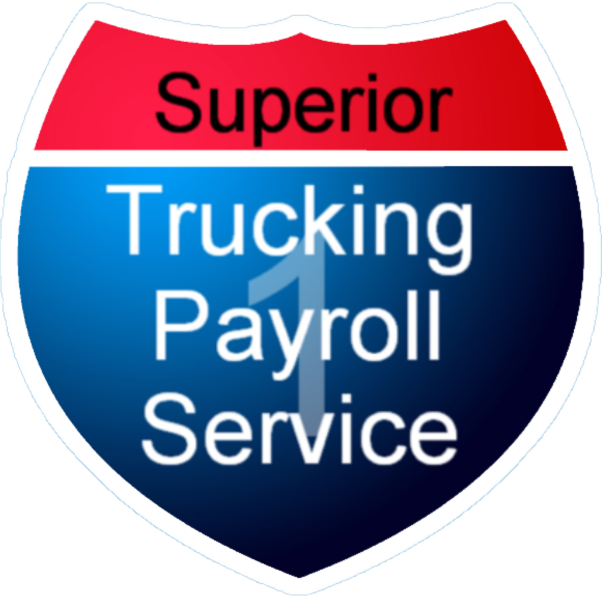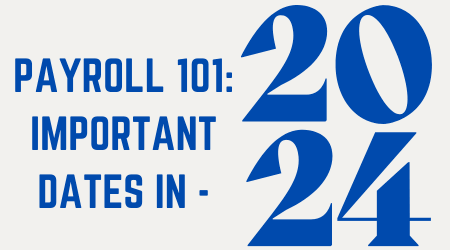Ways We Look Out for Your Business From operating accounts...
Read MoreAs the year starts, businesses enter the crucial period of annual forms filing, a task that involves preparing and distributing W-2s and 1099s to employees and contractors. Navigating the deadlines and ensuring the accurate distribution of these forms is a important aspect of maintaining compliance with tax regulations. In this guide, we will deconstruct the complexities of W-2s and 1099s, providing clarity on deadlines, recipient criteria, and best practices for a seamless year-end process.
W-2s for Employees:
The W-2 form is a critical document that details an employee’s annual earnings, taxes withheld, and other relevant financial information. Employers must provide W-2s to employees, allowing them to file accurate income tax returns.
1099s for Contractors:
For independent contractors and freelancers, the 1099 form is important. It outlines non-employee compensation and miscellaneous income, acting as a key document for tax reporting. Businesses that pay contractors $600 or more during the year are required to issue a 1099-NEC form.
Deadlines for Annual Forms Filing:
1. W-2 Deadlines:
Employers must provide W-2 forms to employees by January 31st of the following tax year. Additionally, employers must submit copies of W-2s to the Social Security Administration (SSA) by the end of February if filing by paper or the end of March if filing electronically.
2. 1099 Deadlines:
The deadline for providing 1099 forms to contractors is January 31st. Similar to W-2s, businesses must also file copies of 1099s with the IRS. The deadline for paper filing is the end of February, while electronic filers have until the end of March.
Recipients: Who Gets What?
1. W-2 Recipients:
Employees, including full-time, part-time, and temporary workers, receive W-2 forms. This includes individuals who are no longer with the company but earned income during the tax year.
2. 1099 Recipients:
Independent contractors, freelancers, and service providers who received $600 or more in payments during the tax year should receive a 1099 form. This includes non-employee compensation, rent, royalties, and other reportable income.
Best Practices for a Seamless Process:
1. Verify Employee and Contractor Information:
Ensure that all recipient information, including names, addresses, and Social Security numbers, is accurate and up-to-date.
2. Utilize Payroll and Accounting Software:
Leverage technology to streamline the forms filing process. Payroll and accounting software can automate calculations and generate accurate forms efficiently.
3. Plan for Electronic Filing:
Consider electronic filing for both W-2s and 1099s. Electronic filing is not only more efficient but also helps in meeting IRS deadlines.
4. Communicate Changes Promptly:
Communicate any changes right away, such as address updates or corrections, to recipients to avoid complications.
Bottom Line:
The annual filing of W-2s and 1099s is a crucial aspect of year-end processes for businesses. By understanding the deadlines, knowing who should receive which form, and implementing best practices, businesses can ensure a smooth and compliant filing process.
Harley joined Superior Trucking Payroll Service in early 2019. Her main roles are Inbound sales, Implementation, and marketing. She loves the work atmosphere.
“It feels like everyone here is a family. Even when we add someone new to the team, they just meld right in.”
Before joining STPS she worked at a local chain grocery store starting in 2013 as a cashier and by the time she left in 2019 was an assistant store director.
Contact Us!
Driver Retention Tips
One of the biggest problems for businesses in the world...
Read MoreHow to Avoid Payroll Errors and Penalties in the Trucking Industry
Are you tired of dealing with payroll issues in the...
Read MoreWhy Was No Income Tax Taken Out of my Paycheck?
Why Was No Income Tax Taken Out of my Paycheck?...
Read MoreUnderstanding Supplemental Payroll Fees: What They Are and Why They Matter
Are you a business owner trying to understand the complexities...
Read More

